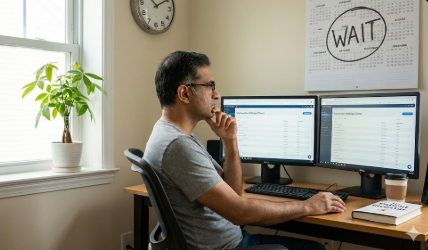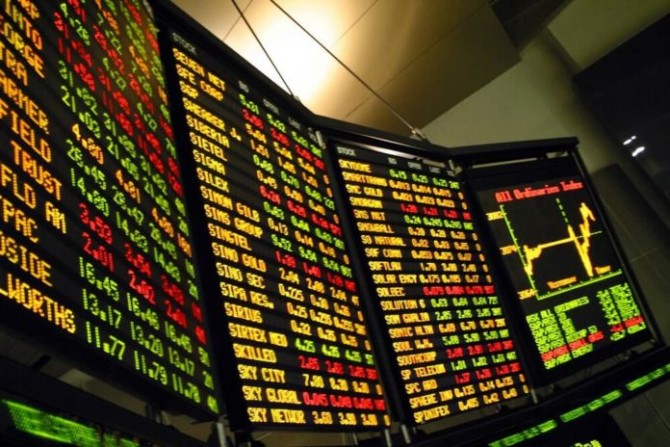
Any investment that promises low risk and high returns is almost certainly a scam. It’s the financial equivalent of getting something for nothing — a fantasy that ends only in disappointment.
In the real world, certainty comes at a price. And that price is lower returns.
Think about it; if a largely ‘risk-free’ but high return investment were available, it would attract a huge amount of demand. That itself would lift the price and, ipso facto, the return potential would be eroded.
That’s why the biggest rewards are reserved for those who lean into risk.
That’s not to say you should seek out excessive risk. While it may give you more upside potential, it likewise increases your chance of loss — an idea well illustrated by this chart posted on our forums by Solvetheriddle.

It is also important to distinguish between risk and uncertainty. The former is about recognising that there is a range of possible outcomes, while the latter acknowledges you can’t know what the actual outcome will be.
As ArrowTrades said on our forums; Manage risk, embrace uncertainty.
And what you really want to find are situations where the uncertainty is mispriced.
Howard Marks, co-founder of Oaktree Capital, says the best opportunities arise when the market is too confident about what it thinks it knows, or when it’s too afraid of what it doesn’t know. In these situations, those with a more nuanced understanding can do extremely well.
That’s easier said than done, but it’s far from impossible. And you’d be surprised how a little bit of digging can uncover incredibly valuable insights that yield an almost unfair advantage. Especially when, as is often the case in small caps, you’re competing against investors that are often lazy, ill-informed and incapable of second-order thinking.
It is worth remembering, too, that not all risks are created equal. The art of investing lies in finding situations where the potential upside significantly outweighs the downside. That is, you want asymmetric outcomes where you win big if you’re right, but lose little if you’re wrong.
“Heads I win, tails I lose a little“, as Mohnish Pabrai likes to say.
George Soros offered us a masterclass in asymmetry when he famously shorted the British pound. His view at the time was that the pound was significantly overvalued within the European Exchange Rate Mechanism (ERM), and that the UK would be forced to devalue its currency.
While the actual outcome was uncertain, the risk profile was compelling. Had he been wrong and the UK managed to maintain the pound’s value, his losses would have been limited by the support of the currency within the ERM. But, if he was right, he stood to make a fortune.
On September 16, 1992, known as “Black Wednesday,” the UK withdrew from the ERM, causing the pound to plummet. He reportedly netted $1 billion on that trade (worth closer to $2.2 billion in today’s dollars).
Trades like that don’t come around very often, and when they do they are never obvious. And by the time they are obvious, all the upside has already been captured.
That’s why you need to nurture an advantage that sets you apart from the crowd. And the most reliable advantage is a preparedness to put in the work — something that helps you get a better handle on the risks involved and to price it more accurately than the market.
No amount of research and analysis can hope to illuminate uncertainty, but it sure can help you narrow the range of expected outcomes and identify situations where the risk-return dynamic is in your favour.
Remember, the biggest returns come not from avoiding uncertainty but from embracing it. And, as DVV194 reminded us, the riskiest thing in the world is believing there is no risk.
Strawman is Australia’s premier online investment club.
Members share research & recommendations on ASX-listed stocks by managing Virtual Portfolios and building Company Reports. By ranking content according to performance and community endorsement, Strawman provides accountable and peer-reviewed investment insights.
Disclaimer– Strawman is not a broker and you cannot purchase shares through the platform. All trades on Strawman use play money and are intended only as a tool to gain experience and have fun. No content on Strawman should be considered an inducement to to buy or sell real world financial securities, and you should seek professional advice before making any investment decisions.
© 2024 Strawman Pty Ltd. All rights reserved.







